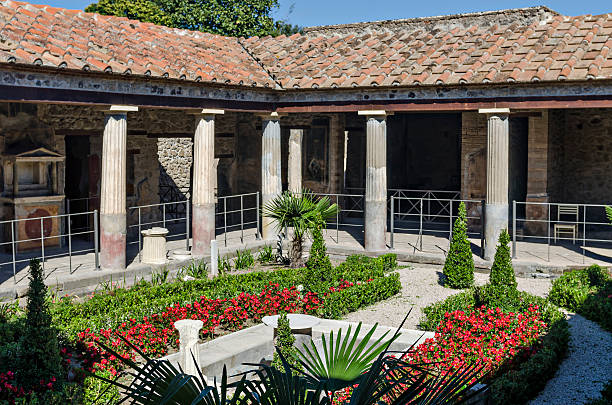The Romans, Egyptians and Babylonians all knew how to build a house with Air Conditioning! Nothing can sap your energy faster than excessive heat and I advise that when it comes to cooling…low tech rules! It all boils down to understanding evaporative cooling techniques. There are many ways to design without adding to your electrical load when considering cooling.
First and foremost is geography and climate. Is the winter warm or cold? Are the summers oppressively hot? Did you locate a house on the edge of a waterbody that can help cool the home; or at a higher elevation which can also aid in cooling?
Second is the envelope (foundation, walls and roof) of your building. What you build with and how will have a significant effect on the temperature inside the structure. The thermal mass of those materials can contribute in large ways to both heating and cooling. Stone, earth and brick can all store heat and cold for release as temperatures change; whereas materials like wood and bamboo have little thermal value.
Third is the of insulative materials. Designing the envelope of your structure with any number of natural insulative materials is going to improve your buildings heating and cooling performance.
Fourth is design. Specific to cooling, there are a number of additional features that are universal to aid cooling of building throughout history all over the world. Verandas that circle the structure prevent overheating of the walls and through windows; deciduous trees to shade the building during the hottest months; and, windows and doors located where cross breezes can be maximised for cooling. Courtyards, often with water features, are another fantastic design feature to aid not just on cooling a home but providing a sanctuary that is both safe and secure.
Here are some samples of natural cooling features to consider. The last picture is a groovy feature called a “Muscatese Window”.





















